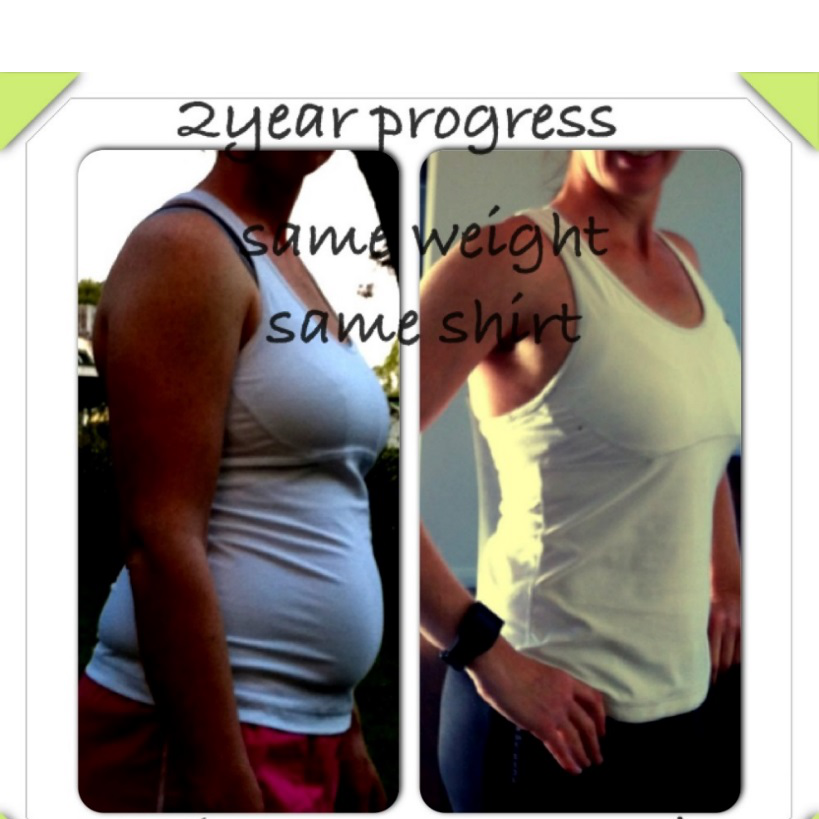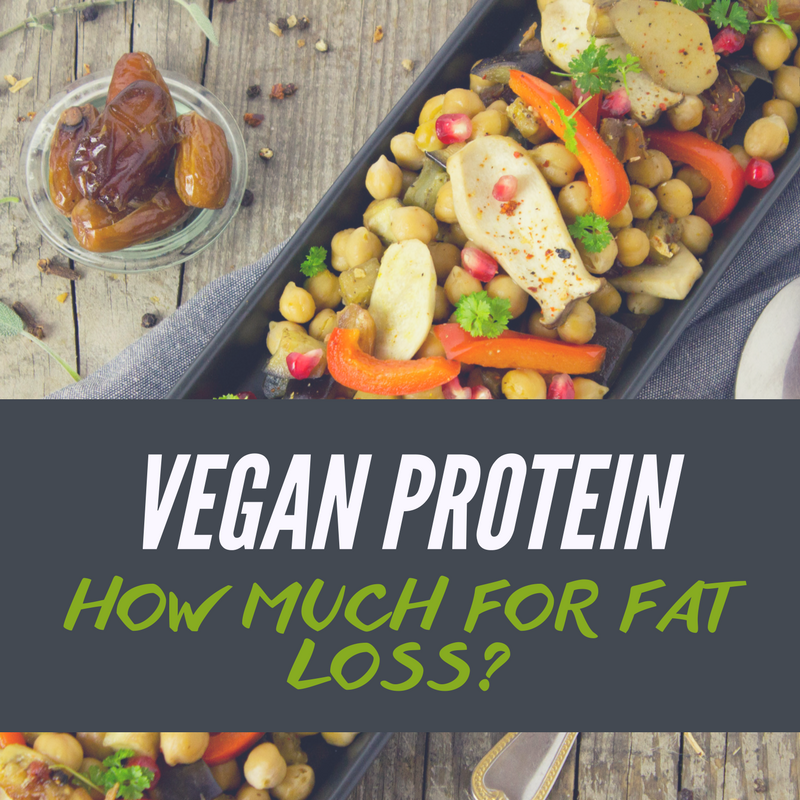Excerpts from the Starter Kit
What is BMR?
Your basal metabolic rate, or BMR, is the minimum calorific requirement needed to sustain life in a resting individual. It can be looked at as being the amount of energy (measured in calories) expended by the body to remain in bed all day!
What is TDEE?
TDEE is the common abbreviation for Total Daily Energy Expenditure which is a metric to calculate the amount of calories your body needs to function in a day. This is quite similar to BMR; in fact, you need your BMR to calculate your TDEE; but your TDEE accounts for your average daily activity as well to give a figure truer to your specific situation. Basically, the TDEE calculation relies on categorizing your daily activity into one of the metrics’ predetermined groupings:
Sedentary – desk job and little to no exercise
Lightly Active – light exercise/sports 1-3 days/week
Moderately Active – moderate exercise/sports 3-5 days/week (*SIDE NOTE – even if you have a desk job most people fit right here when you workout 3-5 days a week)
Very Active – hard exercise/sports 6-7 days/week
Extremely Active – hard daily exercise/sports and physical job or training
Once you have determined where you fit in on the TDEE activity rate scale, this activity rate is used to weight your BMR giving you a more accurate assessment of how many calories you really need throughout the course of the day.
Enter your information into the EM2WL calculator and it will provide your TDEE and BMR along with your Cut value (again, if you workout 3-5 times a week select “Moderate” and the “Select Your Goal” option you will select is “Lose Fat – 15% caloric reduction”).
So now, you should have your BMR, TDEE, and Cut Value (TDEE – 15%)
Here is a video that talks about this in great detail that hopefully will clear up any questions you may have:
(If the video blesses you, please “LIKE” it on YouTube and maybe even share it on Facebook. Pay it forward and spread the word to help others to EM2WL…we LOVE comments too!)
If TDEE is figured out correctly, then exercise cals don’t have to be “eaten back” (when using applications like MyFitnessPal) because, technically, TDEE figures them in. The underlying factor here, is that most people underestimate their activity levels (for fear of being told to eat “too much“) and then proceed to under eat. If a person is burning 1000 cals/day in exercise, then that should be figured into their TDEE. This means that their TDEE should be AT LEAST 1000 cals more than their BMR. If this is not the case, then they are undercutting themselves on calories. So a person with a BMR of 1300, that puts up 1000 cal burns should have come up with a TDEE calculation of 2400 or more. Any situation where a person is not getting those calculations, they should be eating back some of those exercise cals.
So if you come up with a BMR of 1300, TDEE of 1800, you need to either:
A) eat back some cals, or
B) recalculate your TDEE to include the actual burns that you’re getting.
Using TDEE for Fat Loss
So to cut using true TDEE figures, you’d just eat a flat TDEE -15%. As long as TDEE is correct, you should be fine. But if you are using MFP’s calculations, or are not getting a TDEE that includes the amount you burn each day plus BMR, you need to eat back some exercise cals. (*NOTE-If you have been eating low calories for an extended period of time, you may want to consider taking a diet break by eating FULL TDEE for an 8-12 week period to do what is called a “Metabolism Reset.” Here is a video that will help you to decide if TDEE -15%, or a Metabolism Reset is right for you.
We make the following macronutrient recommendations to start. Change the following in your MFP Goal settings under Custom:
Carbs 40%
Protein 30%
Fat 30%
Fiber 30
Sodium 2500
Macronutrient Ratios can be adjusted as you get to know your body type needs. Starting with the above gets you started with eating more protein, which is important for maintaining and building muscle. If you’re new to eating more, break up your food intake into small meals during the course of the day. Once you’re able to fit it all in without feeling stuffed, feel free to eat on the schedule that best suits your lifestyle.
***Eating healthy should go without saying — we all are (hopefully?) trying to achieve a healthy lifestyle, in general. However, we all have “loves” and this is about “living,” so EM2WL recommends allowing all things in moderation. If you are truly sticking to your goal numbers and ratios, there is no way to completely junk out…hence the reason we recommend them!***
If at week 6 you have not lost weight, inches, or see changes in pictures/clothing fit (which is rare) — double check that you are doing ALL of the above. If you feel that you are — or just need reassurance that you’re on the right track –post a topic in the forums, or invest in a personal EM2WL coach, and let’s review what you have been doing during the time-frame. We have yet to find it is due to too many calories. The culprit has typically been inconsistency and/or underestimating calories burned. We can’t stress enough the importance of being consistent in eating enough, hitting the above macros, and making sure your activity level is correct.
Happy Eating!
~Team EM2WL
Are you curious about how the process works, or wondering what's in our Starter Kit E-Book? START HERE. We'll send you a free breakdown of the basics, exclusive videos explaining why everything that you've learned about diets have only led you astray, and an action plan to take your life back immediately.
No worries, we hate spam too!
Discover more from Eat More 2 Weigh Less
Subscribe to get the latest posts sent to your email.




Recent Comments